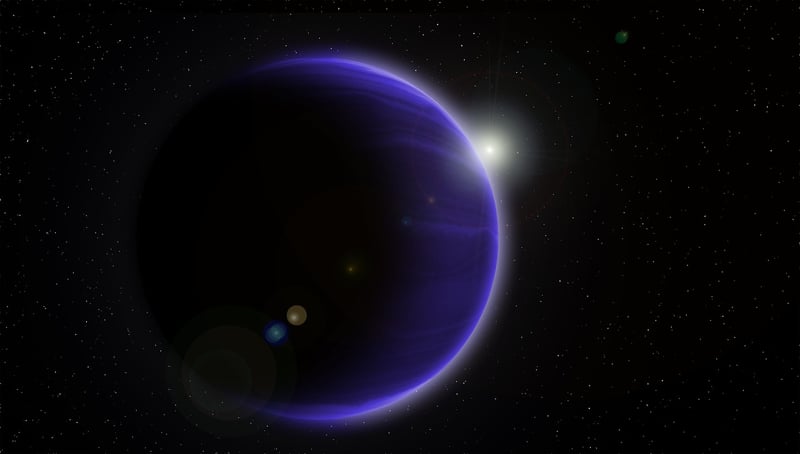Hunting Alien Organisms
The Hunt for Extraterrestrial Life
Are we alone in the universe? This age-old question has intrigued scientists, astronomers, and the general public for centuries. The search for extraterrestrial life, often referred to as astrobiology, astroecology, or exobiology, aims to answer this fundamental query by exploring the possibility of life beyond Earth.
What Is Extraterrestrial Life?
Extraterrestrial life refers to life forms that originate and exist outside of Earth. While most discussions about extraterrestrial life focus on intelligent beings like aliens, scientists are also interested in finding microbial life or simple organisms on other planets or moons within our solar system and beyond.
The Search Methods
1. Exoplanet Exploration
Scientists search for habitable exoplanets, which are planets outside our solar system that could potentially support life. By analyzing the atmosphere of these planets, astronomers look for signs of habitability such as the presence of water or organic molecules.
2. Mars Missions
Mars has been a focal point in the search for extraterrestrial life due to its similarities to Earth. Rovers like Curiosity and Perseverance have been exploring the Martian surface, searching for past signs of microbial life or conditions that could support life.
3. Europa and Enceladus Exploration
Europa, a moon of Jupiter, and Enceladus, a moon of Saturn, are believed to have subsurface oceans that could harbor microbial life. Future missions aim to explore these moons and search for potential life forms in their hidden oceans.
Hunting Alien Organisms
While the search for extraterrestrial life often focuses on microbial organisms or intelligent beings, the concept of hunting alien organisms goes beyond passive observation. Scientists are actively looking for evidence of life by studying extreme environments on Earth that mimic conditions found on other planets or moons.
1. Extremophiles
Extremophiles are organisms that thrive in extreme environments such as hot springs, deep-sea vents, or acidic lakes. By studying these resilient organisms, scientists gain insights into the potential for life to exist in harsh conditions elsewhere in the universe.
2. Analog Environments
Researchers study analog environments on Earth that resemble the conditions of other planets or moons. For example, Antarctica's dry valleys are similar to the cold and arid environment of Mars, providing valuable data for future Martian missions.
3. Subsurface Exploration
Life may exist in subsurface environments on other planets or moons where conditions are more stable and protected from harsh surface conditions. By developing technologies to explore subsurface habitats on Earth, scientists prepare for potential missions to search for alien organisms underground.
Conclusion
The hunt for extraterrestrial life and the search for alien organisms are at the forefront of scientific exploration. By leveraging advanced technologies, studying extreme environments on Earth, and exploring nearby celestial bodies, scientists are inching closer to answering one of humanity's most profound questions: Are we alone in the universe?

Image Source: Pixabay
